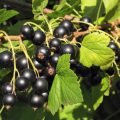Powdery mildew on roses - one of the most common and unpleasant disease, characterized shoots defeat, leaves and buds erysiphales mushrooms. It arises with strong drafts, abrupt changes of temperature and at elevated humidity. Powdery mildew also called underwear, muchkoy or pepelitsoy. It is connected with the main symptom of the disease - white coating on the leaves and shoots, resembling flour.
Causes and symptoms
The reasons for the spread of powdery mildew on roses are:
- dense plantation;
- the presence of weeds on site;
- an overabundance of nitrogen fertilizers;
- bad agricultural technology;
- lack of nutrients;
- lack of prevention;
- insufficient air-tightness of the soil.
Powdery mildew is a fairly aggressive disease. It develops rapidly and invades the entire surface of the green roses. First, the white spots on the plant, you can easily erase the fingers, But the next stages of the disease spots cover a larger area and penetrate into the deeper layers.
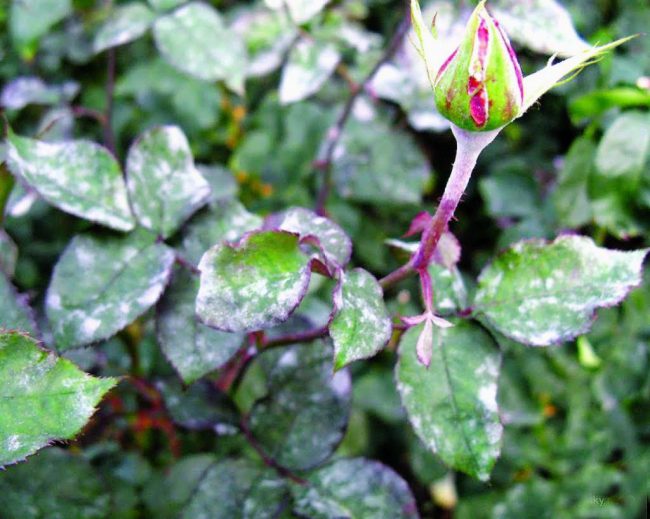
Gradually, the plaque becomes brown hue, and on the leaf surface can detect black points, signaling the maturation of the pathogen. Powdery mildew resulting in desiccation and death of leaves. Affected buds may not bloom or look ugly and have an unpleasant odor.
note! At the initial stage of the disease significantly lowers onto immunity, they can not tolerate the winter cold and other adverse external factors.
In most cases, powdery rose strikes 2 species roses - remontant and hybrid tea.
Infection mildew occurs in June. It was during this period, released spores of the fungus erysiphales, who spent the winter was in the fruit body. It begins the process of release from the lower leaves, and eventually captures the whole plant.
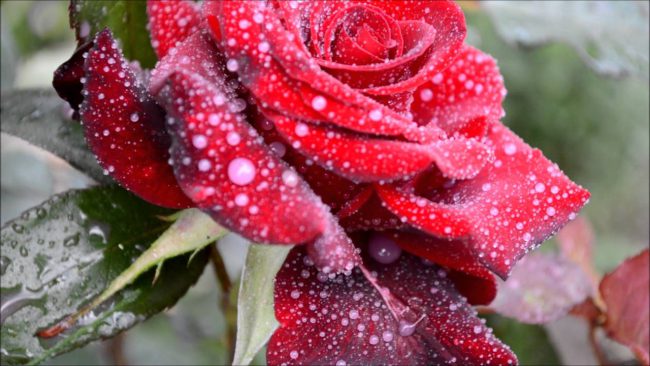
Fungal Spores are transmitted from plant to plant through water, by wind or contact with neighboring affected roses. In winter, the fungus spreads to the weeds, a spring cover roses.
Treatment of plants with chemicals and bio-fungicides
For the treatment of fungal infections are antifungal drugs. The most popular means are as follows:
- score;
- Topaz;
- Baktofit;
- Fitosporin M;
- Gamair;
- Planriz.
For an effective anti-fungal chemicals are also Previkur, Amistar Extra, VITAROS and Acrobat MC.
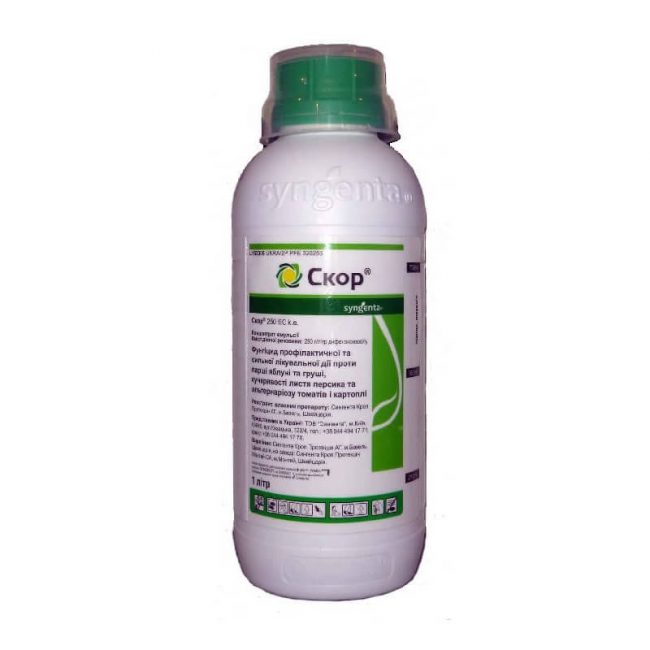
Bio-fungicides differ from conventional fungicides in order, that they are less harmful to the environment, have a weaker effect and have a shorter period of protective action. Processing plant bio-fungicides have several times. Spraying is best to do in the evening.
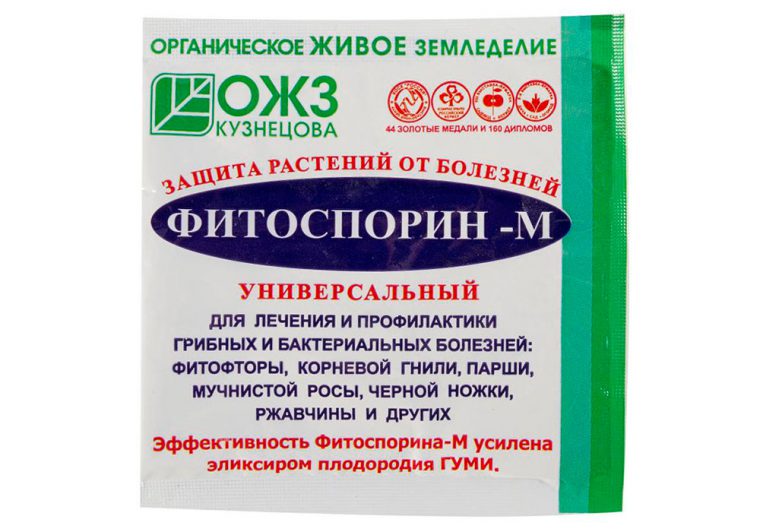
The break between the treatments - 10-14 days. Experienced gardeners recommend alternate drugs, as powdery mildew pathogen can be used to the current component means.
Important! The treatment should be conducted by chemical means in a dry calm weather. The body should be protected by a special costume. It is also necessary to use goggles and a mask.
For the treatment of powdery mildew at the initial stage of use colloidal sulfur. It is a fungicide which acts by contact. 30 g of powder to be dissolved in 10 liters of water. It is strictly forbidden to carry out processing sulfur at temperatures above 35 °C, because the leaves can get burns from funds.
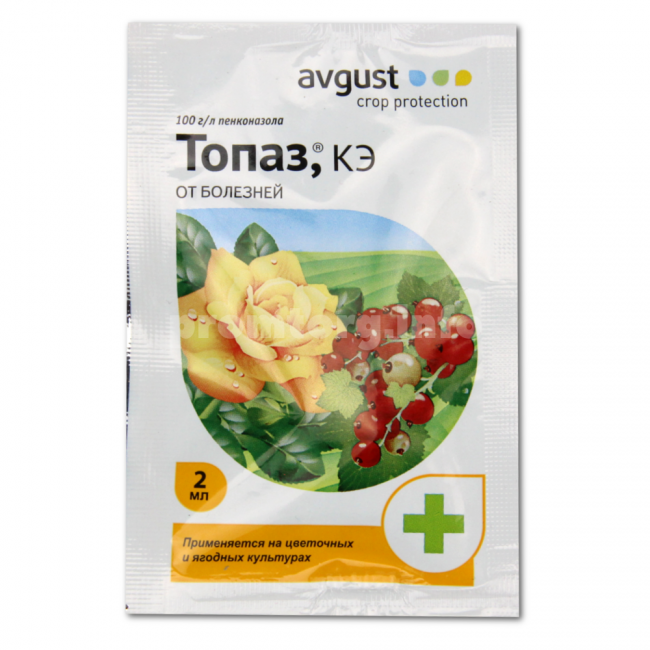
Effective in combating mildew on roses is pin preparation Tiovit Jet. To prepare the solution is sufficient to take 40-70 g means for 10 liters of water.
Raek
Cured plant, you can use a fungicide Rusk. In its composition it is similar to drug the enemy, but has a longer protective and curative action. The active ingredient in it acts difenoconazole. He has a negative impact on the growth of fungi and prevents them from multiplying. The benefits include drugs:
- The rapid penetration into the plant tissue;
- Economical in use.
- Not dangerous for the environment and has a low toxicity to humans, birds and the bees.
- Allowed to be used simultaneously in several plant species.
- Able to withstand temperatures from -25 to +35 °C.
During the season, the drug can be carried Rusk 3-4 spraying.
Topsyn M
An effective means of powdery mildew is systemic drug Topsin M. It can be used as a treatment for, and for the preventive treatment of plants. enough to dissolve 15 grams in 10 liters of water. In addition to the destruction of fungal infections and it has an insecticidal effect ootsidnoe.
The composition in powder form means includes 70% teofanat-methyl, which penetrates the rose through the root system. Getting into the center of infection, active substance blocks the mycelium growth and spore germination stops. Going through the body plant, the drug has a therapeutic effect on diseased tissues and organs.
note! M toxin bears a risk to aquatic and human.
This drug should not be used frequently, because it can quickly lead to resistance.
strobe
Good effect against fungal disease has drug strobes. It can replace several fungicides and acts on a plurality of kinds of pathogenic microorganisms. The drug can be used at any stage of the disease rose. Approved for use in the presence of disease and for the prevention of.
Release means in the form of granules, to be dissolved in water. The active component therein is kresoxim-methyl.
Gardeners isolated following advantages strobe preparation:
- Approved for use during flowering.
- The action applies to the entire sheet even when processing it with one hand.
- The drug is not harmful to the animals, birds and the bees.
- It can be used in all weather conditions.
- Suitable for the treatment and prevention of diseases in many vegetables, flower and fruit crops.
Garden roses should handle drug strobe before the shelter for the winter. In the summer of spraying should be carried out from July to August, twice a month.
With an average infection effect of the drug is maintained for a 10-14 days, in very severe cases the plant - 7-10 days.
Preventive spraying plants
For prophylactic treatment of powdery mildew of roses is recommended to use preparations, containing copper. These include bluestone and Bordeaux mixture. Useful tool to add green soap.
Besides, for prophylaxis can be used fundazol, Benomil Цineʙ. They treated plants before flowering in the spring or autumn after leaf fall. The prevention of the introduction of summer visitors include foliar application. Used for this purpose 0,3% superphosphate and 0,3% potassium nitrate.
The fight against powdery mildew folk remedies
In identifying the first signs of the disease should immediately start treatment with effective home remedies.
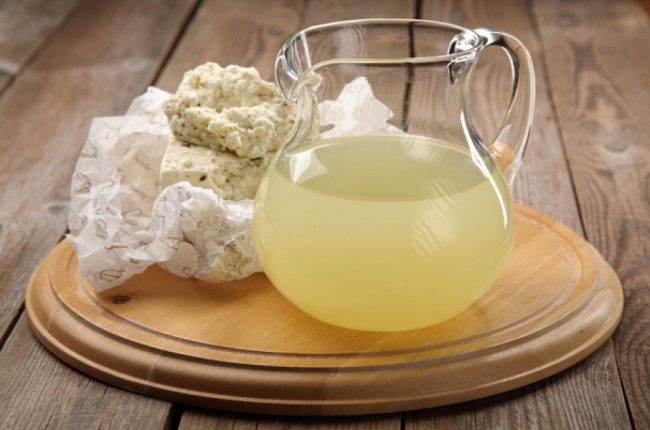
The most effective recipes are:
- Whey and iodine. take 1 l serum and added to it 10 drops of iodine, then mix with 10 liters of water. Obtained by means of spray the stems and leaves twice with an interval of 7 days.
- Soda and soap. join 50 g soda and 50 g soap, add the mixture in 10 liters of water. processing plants 2 times at intervals of 1 week.
- weeds. grind 5 kg vegetable weeds and pour boiling water. Insist 2 day. Before using the strain.
- Garlic. grind 90 g garlic, put in 10 l of water and boiled. After that, as the mixture was cooled down, drain and hold onto treatment.
- bluestone. dilute 7 g feed in 300 ml of hot water. In another vessel stir until complete dissolution 5 g soap in 5 liters of water. Carefully pour the solution of copper sulfate in soapy water, while it constantly stirring it. Spray the plants three times a week.
- potassium permanganate. Add 2,5 g in 10 liters of water. Repeated treatment is carried out by 5 days.
- Polevoy horsetail. make 100 g feed in 1 l of boiling water, insist 1 day, then add 6 liters of water. Spray the plants every 3 day.
- Ash. dilute 1 powder in kg 10 l of water at room temperature. Insist 1 week, stirring occasionally. Handle every day Roses. To enhance the viscosity agent can be added 5 g soap.
- mustard. mix 40 g of mustard powder 10 liters of water. Spray the bushes every day or every other day.
- Manure. Pour humus mass of water in the proportions of 1:3 and leave 3 day. After a time, top up water, increasing the amount of funds in 2 fold. Treat them shoots and leaves.
When spraying plants folk remedies necessary to adhere to a few recommendations:
- Treatment is carried out only after sundown, To avoid burns on the leaves.
- Prior to each spraying means to prepare fresh. they are not subject to storage.
- Spray the plants to complete disappearance of symptoms.
- Before processing, remove all affected leaves and buds.
prevention
To reduce the risk of roses mildew should perform such preventive measures:
- Regularly inspect the plant.
- Do not neglect the care of shrubs, carry out drainage of the soil, a land for planting chosen with good lighting and protected from winds.
- Timely remove weeds.
- Regularly water the plants and comply with fertilization, giving preference to organic fertilizing.
- Wire processing roses protective drugs.
- To remove dead leaves from the rose garden in autumn.
- Choosing for planting disease resistant varieties of roses.






